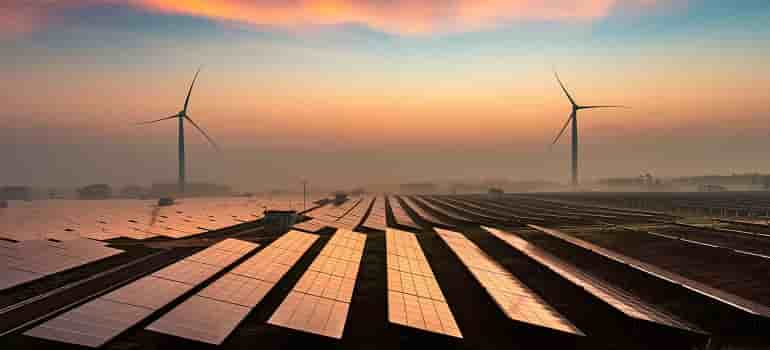Clean technologies receive over $1.7 trillion investment globally in 2023, outpacing spending on coal, gas, and oil
Investment in clean energy technologies is surging ahead of spending on fossil fuels, driven by affordability and security concerns amid the global energy crisis, according to a report by the International Energy Agency (IEA).
The report states that approximately USD 2.8 trillion will be invested globally in energy in 2023, with more than USD 1.7 trillion earmarked for clean technologies such as renewables, electric vehicles, nuclear power, grids, storage, low-emissions fuels, efficiency improvements, and heat pumps. The remaining USD 1 trillion will be allocated to coal, gas, and oil.
The report predicts a 24% increase in annual clean energy investment between 2021 and 2023, primarily propelled by renewables and electric vehicles. In contrast, fossil fuel investment is expected to rise by 15% over the same period.
However, the report also highlights a concern that over 90% of the clean energy investment increase comes from advanced economies and China, raising the risk of global energy disparities if other regions fail to accelerate their clean energy transitions.
IEA Executive Director Fatih Birol emphasized the accelerating pace of clean energy, stating, “Clean energy is moving fast – faster than many people realize. This is clear in the investment trends, where clean technologies are pulling away from fossil fuels.” He further highlighted the impending milestone where solar investment is expected to surpass investment in oil production for the first time.
Renewable energy, particularly solar, is projected to account for nearly 90% of investment in power generation. Furthermore, consumers are increasingly investing in electrified end-uses, evident in the double-digit annual growth of global heat pump sales since 2021 and the anticipated one-third surge in electric vehicle sales this year following significant growth in 2022.
Several factors have contributed to the boost in clean energy investments, including strong economic growth, volatile fossil fuel prices, and concerns over energy security, particularly in the wake of Russia’s invasion of Ukraine. Additionally, substantial policy support from major economies such as the United States, Europe, Japan, and China has played a pivotal role in encouraging clean energy investment.
While spending on upstream oil and gas is expected to rise by 7% in 2023, reaching pre-pandemic levels, the report warns that this resurgence will surpass the levels needed by 2030 in the IEA’s Net Zero Emissions by 2050 Scenario. Notably, global coal demand reached a record high in 2022, and coal investment this year is on track to surpass the levels anticipated in 2030 in the Net Zero Scenario by nearly six times.
The report also highlights the limited capital spending by the oil and gas industry on low-emissions alternatives, such as clean electricity, clean fuels, and carbon capture technologies, which accounted for less than 5% of upstream spending in 2022. While some larger European companies demonstrated a slightly higher share, the overall commitment remains insufficient.
The IEA report underlines the significant gap in clean energy investment, particularly in emerging and developing economies. Although countries like India, Brazil, and parts of the Middle East have shown promising investments in solar and renewables, many nations face obstacles such as high-interest rates, unclear policy frameworks, weak grid infrastructure, financially strained utilities, and a high cost of capital. To address this disparity, the IEA and the International Finance Corporation (IFC) will release a special report on scaling up private finance for clean energy in emerging and developing economies on June 22.
FOLLOW US ON


